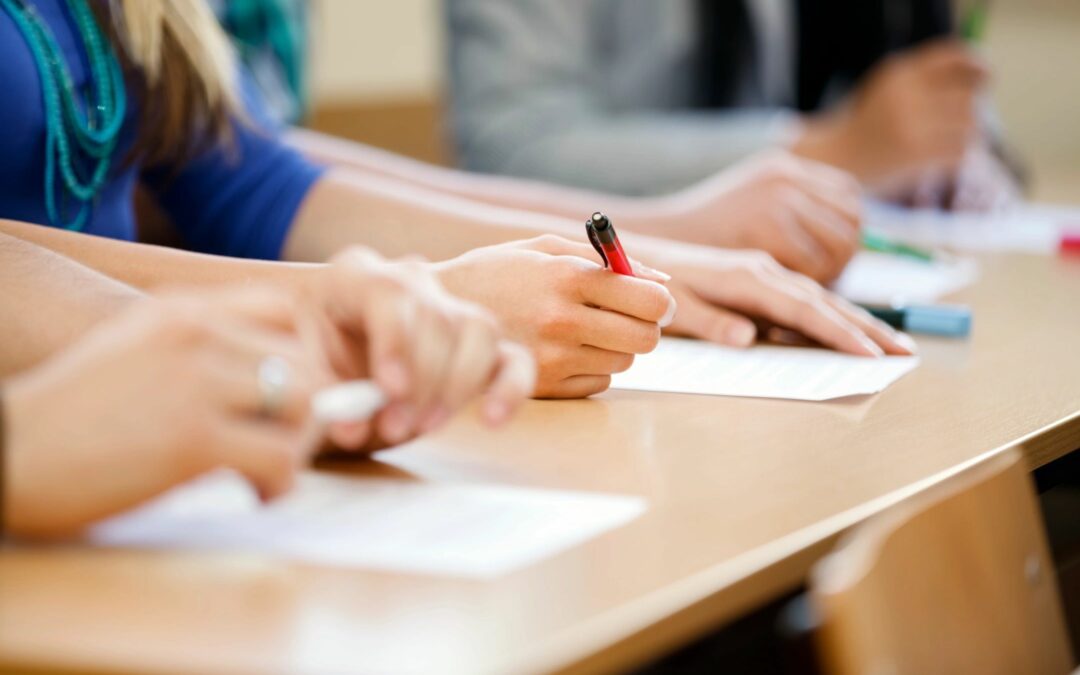By Matt Johnson
Further to the PTAB’s efforts to improve the ability of patent owners to amend claims in an AIA trial via the Motion to Amend Pilot program, the USPTO recently issued guidance on other avenues for amending claims of patents challenged in AIA trials outside of the trials themselves. The entirety of the guidance can be accessed here. And slides from a recent USPTO presentation on the topic can be accessed here.
Some points of note:
Timing
- The Patent Office will accept reissue applications and requests for reexamination of a patent filed any time before a Federal Circuit mandate of an order cancelling all claims of the patent or when the Office issues a certificate cancelling all claims in instances where no appeal is filed. This means that reissue/reexamination applications can be filed after a Final Written Decision finding all claims unpatentable has issued.
- The Board may deny institution of a requested AIA trial if a parallel reissue/reexam proceeding with overlapping issues is at a more advanced stage.
35 U.S.C. § 315(b)
- The 35 U.S.C. § 315(b) bar arising from an underlying patent’s involvement in prior litigation likely does not apply to challenges to the reissued patent.
- The 35 U.S.C. § 315(b) bar arising from an underlying patent’s involvement in prior litigation likely does apply to challenges to a reexamined patent.
Reexam Substantial New Question of Patentability
- A substantial new question of patentability (SNQ) cannot be based on a ground already decided in a Final Written Decision of an AIA trial. Thus, after the Board issues a Final Written Decision on a patent, an SNQ in a later-filed request for reexamination must differ from any question raised in a ground addressed in the Final Written Decision.
- If the Central Reexamination Unit (CRU) grants a reexamination request before the Final Written Decision, the SNQ can match the as-yet-undecided grounds of the co-pending AIA trial.
Stays
- Parties to AIA trials may request authorization to file motions regarding stays at any time during the pendency of the AIA proceeding. These motions will typically be considered any time between institution and filing of a notice of appeal.
- Factors considered will include relation of claims in the AIA trial to those in the parallel reissue/reexam proceeding; overlap of grounds of unpatentability between proceedings; duplication of efforts across proceeding; likelihood of inconsistent results; whether amending claim scope in one proceeding would affect claim scope in another proceeding; the respective timeline and stage of each proceeding; statutory deadlines; the likelihood of a decision in one proceeding simplifying or mooting issues in the other proceeding.
- Stays may be lifted on grant of a motion or automatically upon issuance of a trial certificate. Stays typically will be lifted after a Final Written Decision in the AIA trial if the patent owner is taking steps to resolve issues identified in the Final Written Decision.
- If an AIA trial or appeal therefrom is pending when allowable subject matter is identified in a reissue application, the Office typically will not pass that application to allowance until the AIA trial/appeal is concluded. In contrast, a notice of intent to issue a reexamination certificate will issue in an un-stayed reexamination proceed regardless of the status of the AIA trial.
Statistics
- Just over 10% of patents involved in AIA trials have been involved in a reissue or reexamination matter before, during, or after the AIA trial.
- Regarding reexams, that number has dwindled from 30% in 2012 to 5% in 2017.
- 4% of AIA trial patents challenged in FY2013 were involved with reissues. Only 1.3% in FY 2017.
- Reexams copending with an AIA trail have only been stayed 7.6% of the time. 26.1% of reissues copending with an AIA have been stayed.
- Reexams have typically been filed before AIA trial petitions; Reissues more often after AIA trial petitions.
The following two tabs change content below.
Matthew Johnson
Partner at Jones Day
Matt Johnson is one of the Firm's primary contacts on practice before the PTAB. Currently co-chairing the Firm's PTAB subpractice and involved in proceedings at the Board since the first day of their availability in September 2012, Matt regularly represents clients as both petitioners and patent owners at the Board. He further works as an advocate for clients in appeals from Board proceedings at the Federal Circuit.

